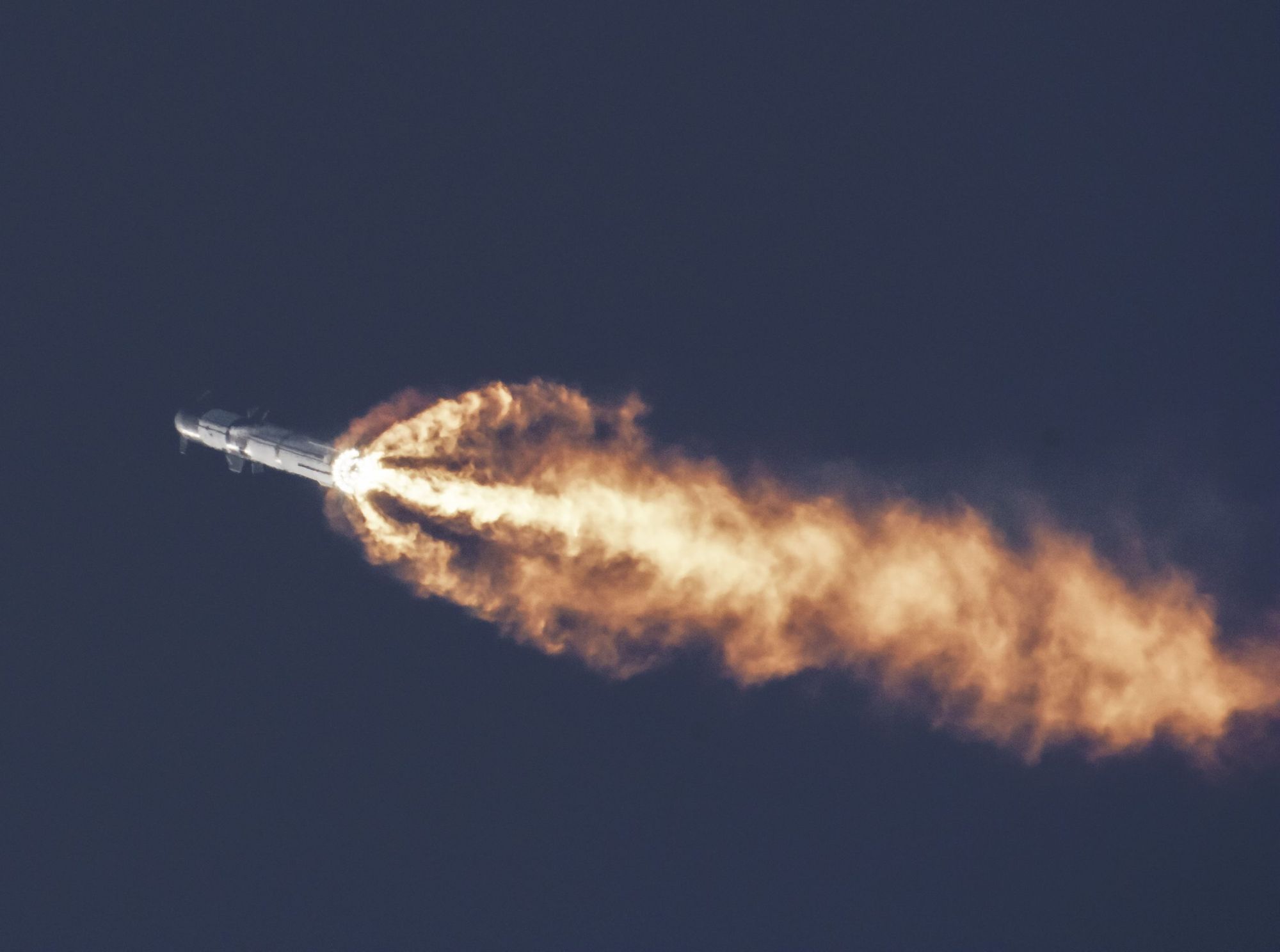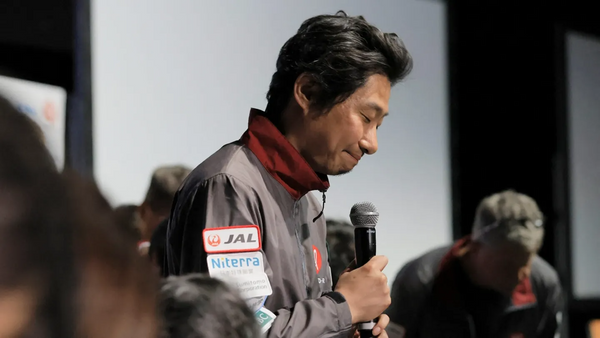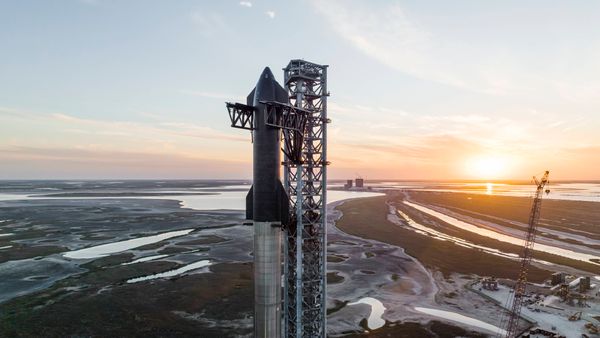SpaceX's fully-stacked Starship rocket met a dramatic end during its first test flight when it exploded four minutes into its journey. The uncrewed rocket had a successful liftoff, but experienced failure in stage separation during the flight test, causing it to lose altitude and begin to tumble.
- As a precautionary measure, SpaceX triggered the flight termination system on both the booster and the ship, resulting in the explosion.
- This system, called a Rapid Unscheduled Disassembly (or RUD for short), allows the rocket to virtually tear itself into pieces mid-flight to ensure safety in case of deviations from the original flight path.
Zoom In: Despite the setback, SpaceX CEO Elon Musk described the event as an "exciting test launch" and stated that the company would try again in a few months. Initial test launches often end in failure, and Musk had previously acknowledged that the rocket had a 50% chance of reaching orbit.
What's Next: Following the explosion, the Federal Aviation Administration (FAA) has initiated an investigation into the incident. In a statement, the FAA said, "An anomaly occurred during the ascent and prior to stage separation resulting in a loss of the vehicle. No injuries or public property damage have been reported." SpaceX will need to obtain clearance from the FAA before attempting another Starship test launch.
- Despite the investigation, Musk remains optimistic about future tests, claiming that SpaceX "learned a lot for the next test launch in a few months."









